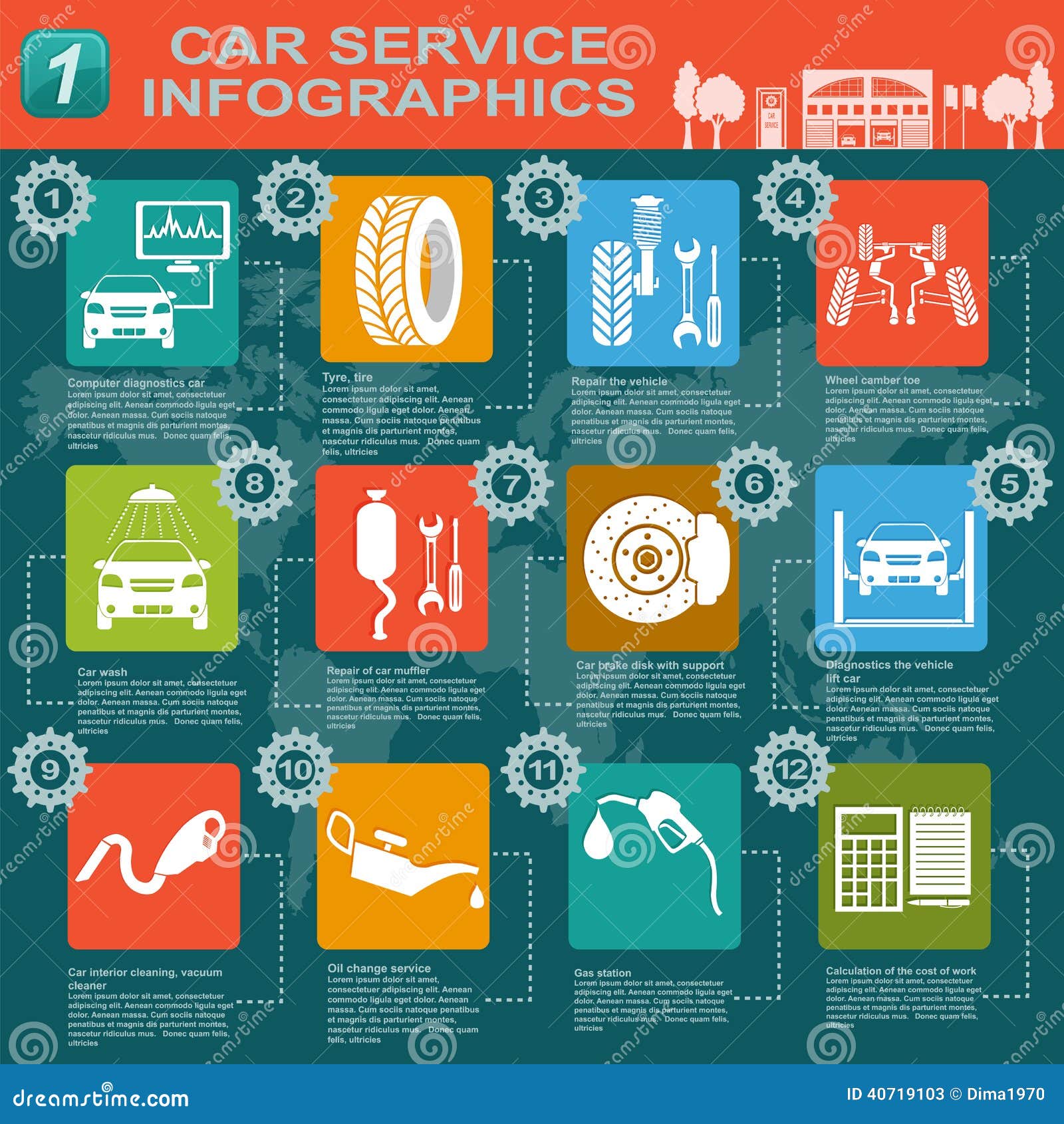Analyzing Your Automobile'S Alert Lighting: Their True Effects
Analyzing Your Automobile'S Alert Lighting: Their True Effects
Blog Article
Authored By-Samuelsen Gilbert
When you lag the wheel, those glowing caution lights on your control panel can be a bit perplexing. Do you understand what they're attempting to tell you concerning your cars and truck's health and wellness? Understanding the relevance of these lights is vital for your safety and the longevity of your car. So, the following time one of those lights appears, would not you intend to decode its message precisely and take the needed actions to address it?
Common Warning Lights and Interpretations
Identify common warning lights in your automobile and understand their meanings to guarantee safe driving.
The most normal warning lights include the check engine light, which indicates concerns with the engine or exhausts system. If this light begins, it's crucial to have your vehicle checked without delay.
The oil pressure cautioning light indicates low oil pressure, requiring instant attention to prevent engine damage.
A flashing battery light might recommend a damaged billing system, potentially leaving you stranded if not resolved.
The tire pressure surveillance system (TPMS) light notifies you to reduced tire stress, influencing lorry security and fuel effectiveness. Ignoring this could result in dangerous driving conditions.
The abdominal light shows a trouble with the anti-lock stopping system, compromising your capacity to quit promptly in emergency situations.
Last but not least, the coolant temperature level warning light warns of engine overheating, which can cause severe damage otherwise dealt with quickly.
Comprehending these typical caution lights will certainly help you deal with issues promptly and maintain secure driving problems.
Value of Prompt Attention
Recognizing the typical caution lights in your cars and truck is just the initial step; the importance of quickly addressing these cautions can't be highlighted enough to guarantee your safety when traveling.
When a warning light brightens on your dashboard, it's your cars and truck's way of connecting a possible problem that requires interest. Ignoring these warnings can lead to much more extreme troubles in the future, jeopardizing your safety and potentially costing you much more out of commission.
Prompt focus to advising lights can stop breakdowns and crashes. As an example, a flashing check engine light might show a misfire that, if left neglected, can create damage to the catalytic converter. Addressing this quickly can save you from a pricey repair.
Likewise, a brake system cautioning light may signify reduced brake fluid or used brake pads, crucial parts for your safety and security when driving.
DIY Troubleshooting Tips
If you observe a caution light on your control panel, there are a few DIY repairing suggestions you can try before seeking expert aid.
The first step is to consult your car's manual to understand what the specific caution light suggests. Occasionally the problem can be as easy as a loose gas cap setting off the check engine light. Tightening up https://www.ratchetandwrench.com/articles/12414-shop-view-schoen-auto may deal with the trouble.
An additional typical issue is a low battery, which can set off various warning lights. Examining the battery connections for deterioration and ensuring they're safe could take care of the issue.
If a caution light lingers, you can try resetting it by detaching the car's battery for a couple of mins and afterwards reconnecting it. Additionally, inspecting deatling , such as oil, coolant, and brake fluid, can assist troubleshoot cautioning lights related to these systems.
Final thought
In conclusion, understanding your auto's caution lights is vital for keeping your car running smoothly and safely. By without delay attending to these signals and understanding what they imply, you can stay clear of pricey repair work and possible failures.
Bear in mind to consult your vehicle's manual for specific information on each alerting light and act as necessary to guarantee a hassle-free driving experience.
Stay educated, remain risk-free when traveling!
